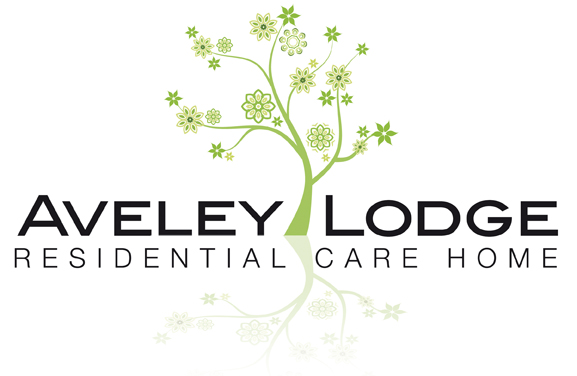Preventing falls with the elderly is all about minimising risks
Preventing falls with the elderly is all about minimising risks
Older people are often at greater risk of having a fall and the consequences can be more serious than they are for younger people.
This is because the risk of injury is much higher largely due to three reasons:
- chronic health conditions, such as heart disease, dementia and low blood pressure (hypotension), which can cause dizziness
- age-related impairments, such as poor vision, stiffer joints, muscle weakness and slower reaction times
- illnesses that can affect balance, such as labyrinthitis (inflammation of the delicate balance regulating parts of the ear)
Minimising the risk means taking care of both the person’s physical health and their environment.
It is important to have regular eyesight tests as well as having spectacles regularly checked to ensure they are the correct prescription. Some eye conditions such as macular degeneration, glaucoma and cataracts increase with age these need to be detected as early as possible.
Problems with balance or dizziness often stem from minor conditions with the ears, such as blockages from wax build-up. These can affect the balance and increase the risk of a fall.
Regular exercise can improve muscle strength and balance but should be done with the supervision of a professional.
Clothing and footwear also needs to be both comfortable and safe. shoes fit well so they won’t slip off. Well-cushioned shoes offer comfort and support. Slippers, should also fit well and have a non-slip sole.
Ensuring a safe environment is equally important and this includes ensuring there is good lighting on stairs, which should also be kept clutter free, as should all corridors and pathways. Carpets should be firmly fixed and free of frays or tears, and there should be no trailing wires anywhere. Handrails fitted to baths and non-slip bath mats are especially important given that damp surfaces can be mire slippery. Any flooring in corridors using mats should always be non-slip.
People with dementia are at greater risk of falls due to confusion, disorientation and restlessness so they need visual clues so they can easily find the toilet or their bedroom. Of course, care homes have specialist lifting equipment as well as walking frames and other aids and these should be regularly checked and maintained.



